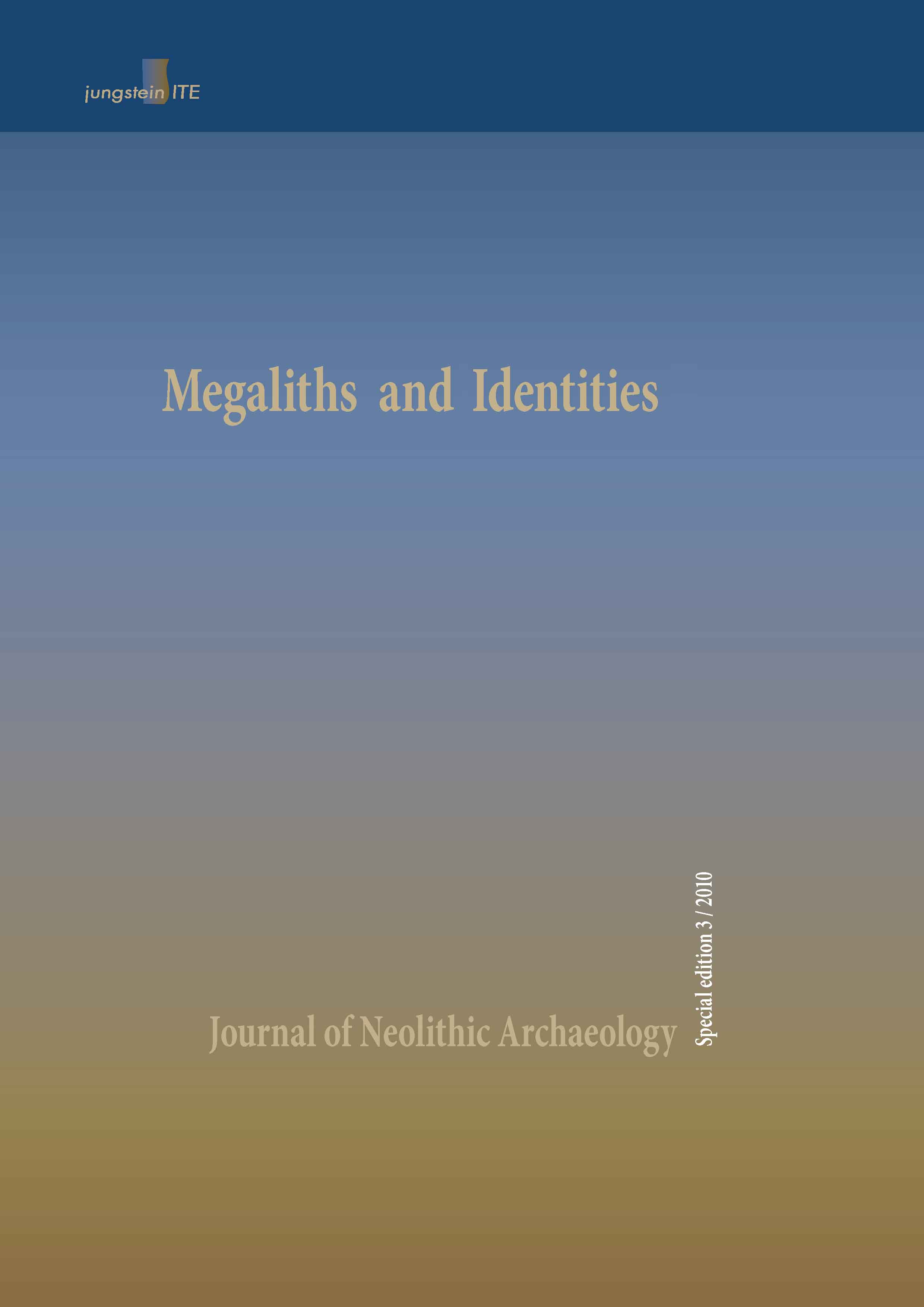A Virtual and a Practiced Neolithic? Material Culture Symbolism, Monumentality and Identities in the Western Baltic Region
Main Article Content
Abstract
Besides the economic, technical and social innovations most Neolithic societies of the old world are separated from Pre-Neolithic societies by a new stage of the manipulation of material objects and structures as media of symbolic communication. Since the Neolithic, the proportion of intentional production and use of material symbols clearly rises compared to unintentional symbol production. Particularly the extensive symbolism on utilitarian, everyday artefacts like pottery is much more elaborated. Proceeding from these observations, the early Neolithic period in northern Central Europe / Southern Scandinavia, that is the time from 4100 to 3500 BC, is more or less a time of continuation of Pre-Neolithic behavioural patterns. At this time Neolithic innovations are known and implemented, but not yet in a quantity that would practically change cultural behaviour and thus identity towards what has been defined as Neolithic above. It is probably not earlier than 3500 BC that a real “Neolithic Package” consisting of large-scale monumental buildings storing cultural memories, an extensive and genuine variability in material culture symbolism, especially pottery and stone tool production, appear together with an increase of economic impact and supra-regional contacts. Thus it is possible to speak of a “Virtual Neolithic” preceding the “Realised Neolithic” since 3500 BC.
Article Details
How to Cite
Furholt 2010: M. Furholt, A Virtual and a Practiced Neolithic? Material Culture Symbolism, Monumentality and Identities in the Western Baltic Region. JNA 12, 2, 2010. DOI: https://doi.org/10.12766/jna.2010.35.

